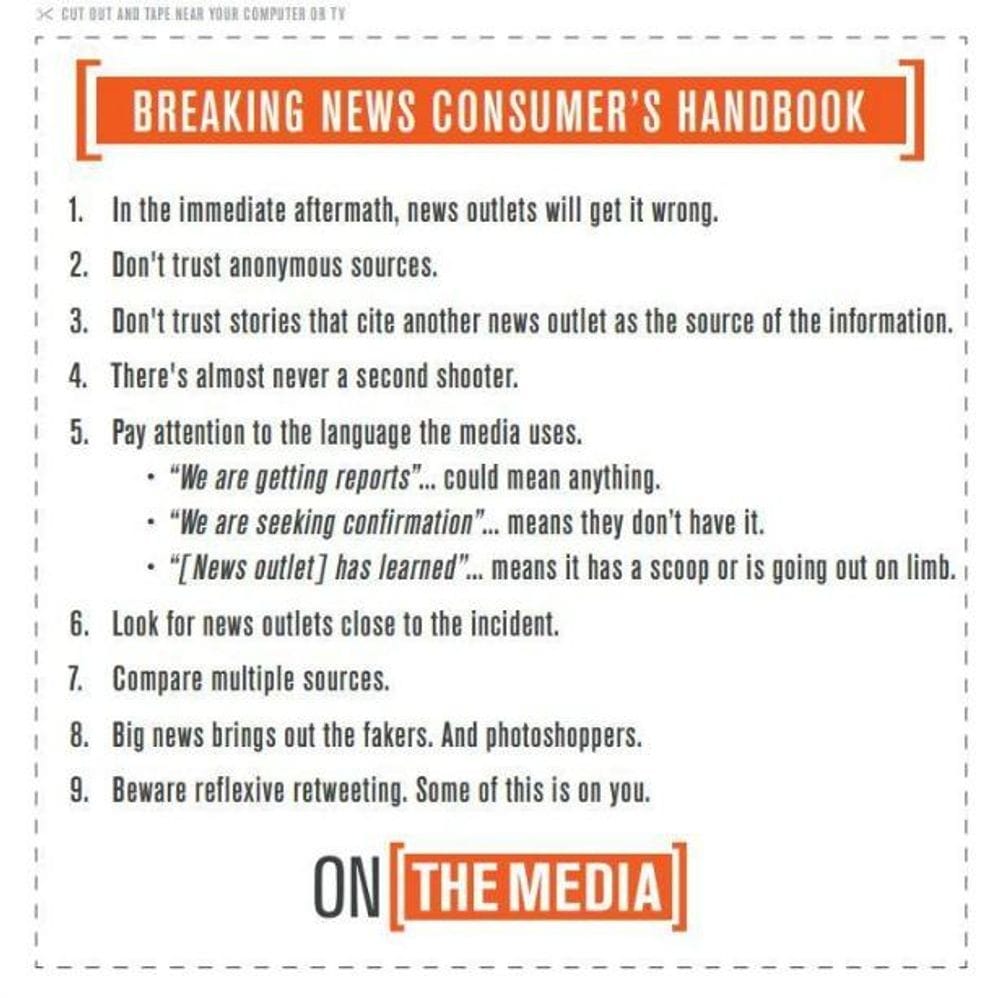Dealing with propaganda and information warfare: THINK before you engage or share (DRAFT)
DRAFT! WORK IN PROGRESS!
PLEASE DO NOT SHARE WIDELY YET!
A wave of US Government agencies joining Bluesky, spreading propaganda and disinformation, and trolling, it's a good time to keep in mind an important technique for dealing with this kind of manipulation in general.
Shireen Mitchell’s All of us have been targeted by disinformation, 2020
As Shireen says, if you have an immediate reaction to share a link (or a video, or to quote or boost a post) without verifying or fact-checking, you need to pause and look at things differently. Disinformation – intentionally false and misleading information – encourages you to react emotionally. So do other forms of propaganda, disruptive techniques like trolling and other kinds of information warfare. So even if it’s something you agree with, it’s important to think before you engage.
- Is the information you’re about to share accurate and from a reliable source? If not, be very careful not to give it more visibility when you’re trying to debunk it.
- Even if the information you’re about to share is accurate, look at the framing – the headline and any images that you’re sharing, the most vivid scenes of the video. Does it send the message you want?
- Don't amplify or link to disinfo – even if you're trying to debunk it. Avoid headlines, images, and videos that include disinfo. Instead, look for posts, videos, headlines, and articles that focus on the accurate information – or report about disinfo but don’t repeat it.
- If you can’t find a headline, article, or video that works well (fits the framing you want and avoids amplifying disinfo), consider just quoting a few lines from an article (or taking a screenshot) and including a link.
- Only share screenshots of disinfo if you are clearly visually labeling them as disinfo.
That last bullet is something I really wish more people understood. Back in 2020, when I was working with progressives on Twitter and Facebook, I was constantly exasperated with how often people would amplify disinfo to dunk on it. Now, I'm just as exasperated as how often it happens on Bluesky and the Fediverse. Please don't help white supremacists and fascists by amplifying their propaganda!!!!
How to tell if information is accurate?
How to tell whether or not information is accurate? Mike Caulfield’s SIFT (The Four Moves) is a good short introduction to the SIFT method: stop; investigate the source; find better coverage; and trace claims, quotes, and media to the original context. The five-part Check Please! Starter Course goes into much more detail. IFTAS Library’s Misinformation page has links to additional resources for investigating potential disinformation.
And even credible sources sometimes get it wrong – especially when there's fast-breaking news and rumors are flying. WNYC On The Media’s Breaking News Consumer's Handbook has some good recommendations for these fast-moving situations. Here's their infographic summary – if you want to print it out, they've got a handy PDF file.

On Bluesky and the Fediverse, the algorithm is you

On Bluesky and the Fediverse, the algorithm is people boosting and reskeeting posts. So (just like on Facebook and Twitter with their different approach to algorithms) it's vital to think before you post. Whenever you get share a link (even if you’re saying “OMG look at this fake information!”) or involved in a discussion in the comments debunking or debating a post that’s disinformation, you’re calling more attention to it.
When you do decide to engage with disinformation, here’s the approach that ReFrame and other disinfo experts suggest this four-step process.
- Lead with shared values to connect with your audience.
- Discredit the falsehood by naming the motivations driving the
disinformation. - State the falsehood you intend to inoculate against.
- Deliver factual information to combat the falsehood.
Background
This information was originally based on work done in 2020 with Shireen Mitchell, Stop Online Violence Against Women, Indivisible Plus Washington, Indivisible Whidbey, Washington Indivisible Network, and Indivisible's Truth Brigade. I shifted the focus to decentralized social networks and evolved the content in posts about election and post-election disinfo in 2022 and 2024.
